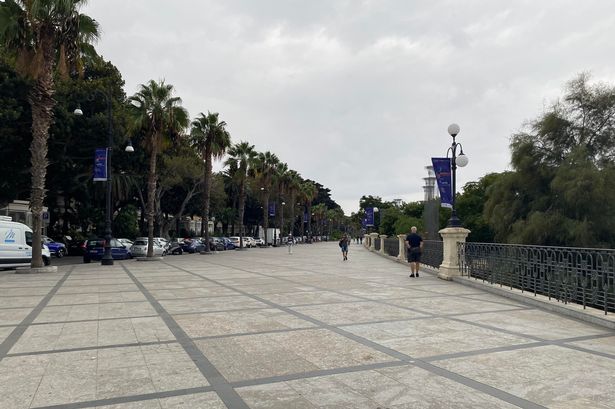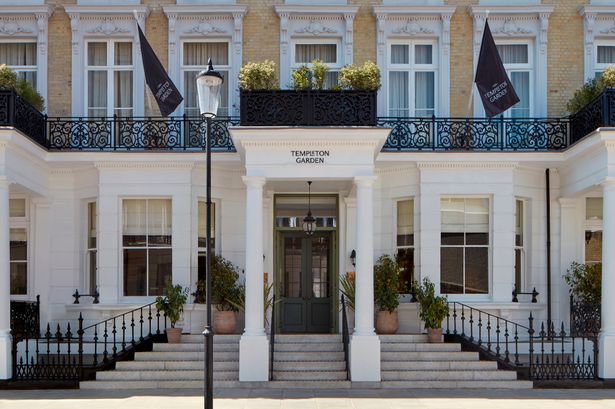The city of Reggio Calabria, in the Calabria region of southern Italy, is said to be home to the prettiest kilometre in the whole country
Italy – the land of pasta, pizza, gelato and dolce vita.
We all know Italy is packed with stunning cities, towns, lakes, mountains and beaches. From the splendour of Florence, the historic significance of Rome and the waterways of Venice to the peace and tranquility of Lake Garda, this really is a country with something for everyone.
However, the southern tip of this beautiful country has long been ignore for its more famous neighbours. Calabria, right on the toe of Italy and just a few miles from the coast of Sicily, it the country’s poorest region but many would argue also its most beautiful.
Its coastline is surrounded by azure blue waters and golden sandy beaches and pretty, and totally unspoilt, villages and towns pepper the seafront.
Inland, the traditional way of life is still very much in evidence, with churches and monasteries the heart of communities.
From the stunning town of Tropea, where we were staying and which has recently been voted the prettiest town in the whole of Italy, to the quaint fishing village of Scilla, a visit to Calabria is like a visit to no other part of Italy.
One of the big draws to the region is the city of Reggio Calabria, the largest in the whole region. Just a few miles from the coast of Sicily, separated only by the impressive Strait of Messini, Reggio Calabria is also said to be home to the prettiest kilometre in Italy.
The Lungomare Falcomatà is a seafront promenade with, on a clear day, spectacular views of the sea, the Strait of Messina, where the Tyrrhenian and Ionian seas meet, Sicily and Mount Etna.
The promenade is also home to some stunning sculptures, both natural and man-made. Some of these are the huge and must be seen to be believed magnolia trees which stand proud and tall along the street.
Elegant buildings line one half of the promenade not taken up by the breathtaking views of the sea.
On the day I visited, while I was blown away by this beautiful city, which is also home to the Riace Bronzes, life-size statues dating back more than 2,500 years and housed in the National Archaeological Museum, there was one major problem which hampered by enjoyment of Italy’s prettiest kilometre – it was absolutely chucking it down.
Don’t get me wrong, I was visiting at the start of October so putting up with some inclement weather should be expected but it was sad not to be able to see this wonderful city in all of its glory, especially the stunning walk alone the Lungomare Falcomatà. No views of Etna for me, and while I could just about make out the coast of Sicily, it was at best murky.
However, this just gives me the perfect excuse to return to the stunning region of Calabria.











